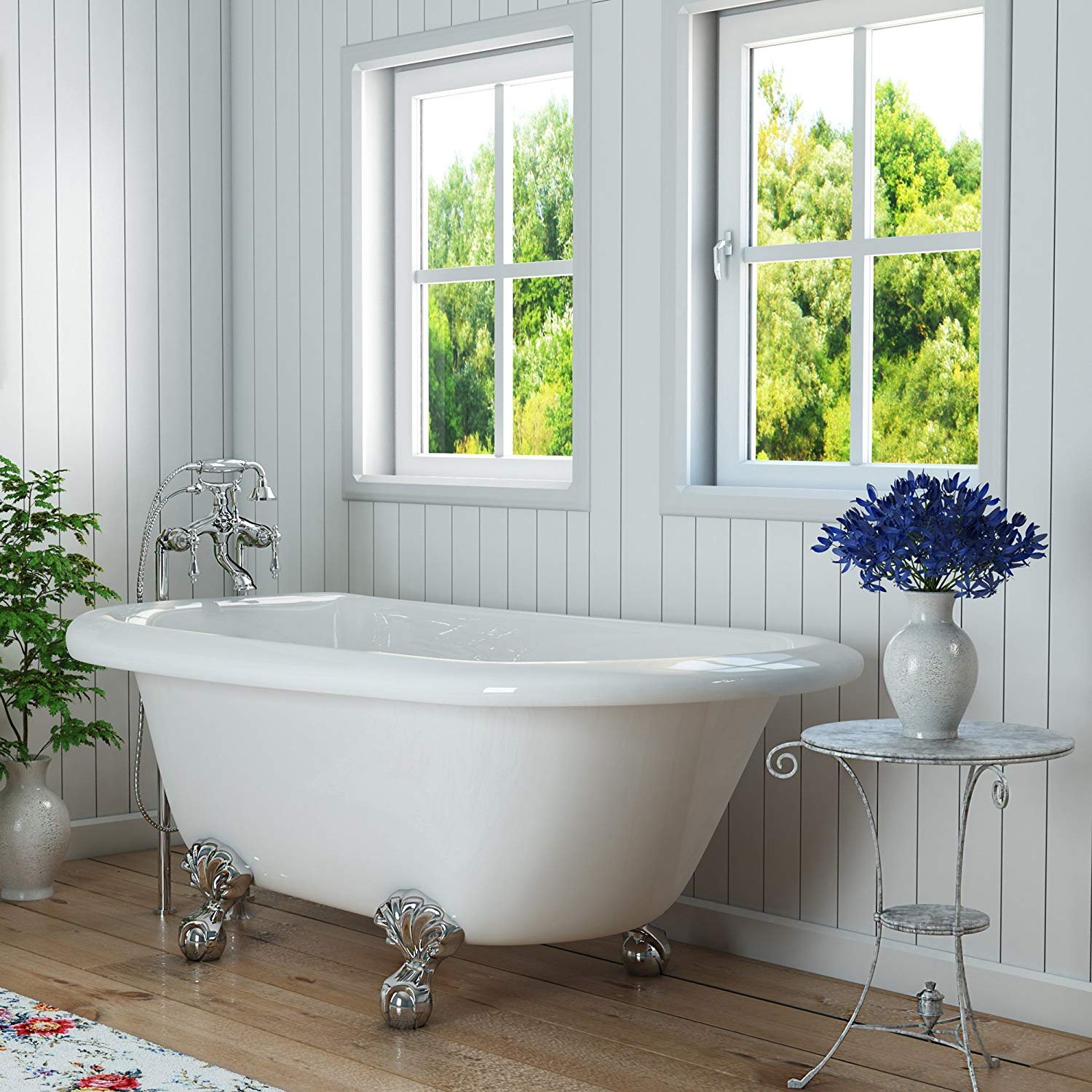
“Anyone who thinks heaven is not hot water behind a locked door has forgotten what it means to live.”
~ Lucy Frank
What Is Detoxification?
It’s a word you hear a lot, often attached to a product you can buy or a program you can follow. But it’s actually a natural process that our bodies do every minute of every day on multiple levels. Our lymphatic system runs right alongside the blood vessels, cleaning the fluid surrounding our cells to filter out toxins, pathogens, and cellular waste. Once that fluid has been cleaned, it’s returned to the bloodstream where it then goes through the liver for further filtering. But that’s not all: our kidneys also filter the blood and create urine to excrete those toxins from the body. Our respiratory system detoxifies through breath, our skin through sweat, and our digestive system through elimination. Isn’t the human body amazing?
In a natural world, our bodies would have no trouble keeping up with the detox demands placed on them. But the modern world is quite different. There is now pollution in the air, water, food supply, beauty and skincare, and many other household items. More than 80,000 new chemicals have been released since the industrial revolution 150 years ago, and most of them within the past 50 years. These chemicals have never been fully tested for their effects on our bodies or the environment. We are asking our bodies to detoxify far more than they were designed to handle.
The Danger of Aggressive Detox Protocols
That said, that doesn’t mean we should start doing aggressive detox cleanses that leave us feeling like we have the flu and can’t get out of bed. It’s easy to overwhelm our detoxification systems when we try to speed them up and push them too hard. That’s because the liver has 3 phases of detoxification: phase 1 liberates the toxin, phase 2 deactivates it, and phase 3 eliminates it. If you feel sick during a detox regimen, the toxins are being liberated too fast for the later phases to keep up. Instead of being deactivated and eliminated from the body, they’re circulating in your bloodstream again and getting reabsorbed. That’s not good! Health is a marathon, not a sprint. Detoxification isn’t something we do once and we’re all set. It’s something we want to support on a regular basis. A nutrient-dense diet is essential to this process. But there are also gentle supports we can do at home, like these detoxifying baths, that not only help our bodies eliminate toxins safely, but feel good at the same time. Win-Win!
Epsom Salt Detox Baths
This is the most popular detoxifying bath for good reason. What is Epsom Salt? It’s a salt comprised of magnesium and sulfate, first discovered centuries ago in Epsom, England (hence the name). Magnesium is one of those minerals that’s very difficult to get adequate amounts through diet, yet it’s essential for over 300 bodily processes. Deficiencies have been linked to chronic inflammation, asthma, osteoporosis, migraines, depression, ADHD, PMS, type 2 diabetes, insomnia, restless legs, cardiac problems, eye health, skin conditions, cancer risk, and more. You can see why it’s essential! Over time, magnesium levels have become depleted in our soil and water, so foods that contain it (like leafy greens) contain less than they have in the past. Stress also depletes the magnesium stores in our bodies, increasing our need for it. Epsom salt baths are a great way to supplement, because we can absorb the magnesium through our skin and get its benefits. One of the reasons it’s great to take an Epsom salt bath before bed is that it’s relaxing, reduces inflammation, and promotes sleep.
The second component of Epsom salt is sulfate, which is also essential to many bodily processes, and one of those is detoxification. Sulfate supports the phases of liver detox where the liver deactivates a toxin and tags it for elimination from the body. Those are very important steps! Like magnesium, sulfate gets absorbed through the skin during an Epsom salt Bath.
How to: If you’ve never taken an Epsom salt bath before, start with 1 cup of the salt in a full bath of water, and see how that feels. If you don’t notice much benefit, you can increase the amount next time. When I first started taking Epsom salt baths, the effects were profound. I felt like a limp noodle when I got out of the bathtub, and it was all I could do to get myself to bed, where I slept very deeply but also felt groggy the next day. My guess is that I was very depleted in both magnesium and sulfate, so getting a healthy dose of both was a big change for my body. Now many years and many baths later, Epsom salt is still very relaxing for me and and supports a good night’s sleep, but there’s no “knock me flat” or groggy after-effect, and that’s good! Gentle is best when supporting our health. Now, I use about 2 cups of Epsom salt in my bath.
Apple Cider Vinegar Detox Baths
I love apple cider vinegar baths. I call it “pickling myself”. Afterward, my skin is soft, my mind is relaxed, and any itchiness I was feeling prior to the bath is often alleviated. Why is that so? It turns out that the pH balance of our skin is naturally acidic, but pollution in the air and water, and chemicals in our beauty products, make our skin more alkaline. Our skin doesn’t like that, and inflammation, rashes, and skin conditions can develop in response. Soaking in apple cider vinegar restores the natural pH balance. Apple cider vinegar is also anti-microbial and can be helpful in eliminating everything from foot fungus to yeast infections. And if you soak your hair and scalp in the vinegar bath, it can remove residue left behind by hair products and even improve dandruff.
How to: For general health benefits, add 1-2 cups of apple cider vinegar per bathtub of water. If you are trying to address infections, a stronger concentration might be needed. One note: you will smell like vinegar afterward, especially if you soaked your hair, but the smell does dissipate.
Bentonite Clay Detox Baths
Bentonite clay is a special type of clay formed as volcanic ash ages. It’s highly absorbant, which is what makes it such a powerful detoxifier. When added to water, the clay forms a negative ionic charge. Most toxins and pathogens have a positive charge. These opposites are drawn to each other and bind together when they meet. In this way, bentonite clay pulls toxins from the skin. It also contains an abundance of trace minerals to nourish your body. Lastly, bentonite clay is a natural anti-microbial.
How to: Because the clay can build up in pipes, I don’t recommend doing a full-body bath. Instead, my favorite way to experience bentonite clay’s benefits is through a foot bath. It’s incredibly relaxing as well as health promoting. You don’t need to buy anything fancy – I use a simple dishtub. Just add 1-2 tablespoons of clay per gallon of hot water, and enjoy! You can also use this clay to form a paste for a facial mask, armpit detox, or as a salve on bug bites, rashes, or skin infections. Combine it with equal parts clay and water (or clay and apple cider vinegar). At this higher concentration, you will feel a pulsing and tightening sensation on your skin. Try it for just 5 minutes at first. If that goes well, for facial masks and armpit detoxes, you can increase your time up to 15 minutes. For rashes or infections, you can apply the paste for a longer period of time and cover with a bandage.
Note: Some people take bentonite clay internally as a detox supplement, but I don’t recommend this. Because the clay is highly absorbent, it expands when it absorbs liquid which can cause digestive distress. In addition, its natural binding capability isn’t limited to toxins. When eaten, it can bind to nutrients and medications and escort them out of your body as well, which is harmful instead of helpful.
What About Baking Soda?
While some detox bath recipes include a small amount of baking soda, caution is warranted. Baking soda is alkaline, and remember that our skin is naturally meant to be acidic. One of the reasons an apple cider vinegar bath is so good for the skin is that it restores its natural pH. Baking soda can shift our skin in the opposite direction, and that can irritate the skin. That said, we’re all unique and some people swear that baking soda soothes their skin. If you decide to try it, keep the amount small: 1/4 to 1/2 cup per bathtub of water.
Adding Scents to Your Detox Bath
There’s a big difference between synthetic fragrances and natural essential oils. Most conventional bath products, like bath bombs and bubble baths use synthetic fragrances, and that is a code for “chemicals”. In fact, fragrance blends are considered trade-secrets and therefore their ingredients don’t need to be disclosed on a product label. For example, phthalates are a chemical often included in fragrance formulas, because they make fragrances last longer. Scientific studies link phthalate exposure to reproductive abnormalities in baby boys, altered timing of puberty in girls, and infertility in men. And that’s just one ingredient in chemical fragrances. There are many others.
However, if you love scents, essential oils are a wonderful alternative but quality does vary. Look for oils that are organic or wildcrafted, tested for purity by a third party lab, and sold undiluted. Plant Therapy Essential Oils is one well-respected brand. Before adding to your bath, combine a few drops of essential oil with a carrier oil like avocado oil, and then add it to the water and swish to disperse evenly before getting in. You can also buy Espom salt that is already infused with essential oils.
Note: Many people with autoimmune disease are sensitive to all scents, including natural ones. If you fall into that category, you’re not missing out by skipping the essential oils. The greatest benefit from the baths comes from the detoxifying components listed in the sections above.
Water Filters
One of the reasons baths are a great way to gently detoxify is that our skin absorbs their contents. For that reason, we want to make sure the water itself doesn’t contain chemicals. If you don’t have a whole-house filter, one solution you can try is this tub faucet filter.
Drink Plenty of Water
One more tip before I say goodbye: Whenever we’re doing something to support our body’s detox pathways, we want to make sure to drink plenty of water. The final phase of liver detoxification is eliminating the toxin from the body, and urine is one of the best routes to do that. So, drink a full glass of water both before your bath and afterward.
Detox Bath Resources
You May Also Be Interested In
Credit: photo at top of page is from the Pelham & White Collection on Amazon.



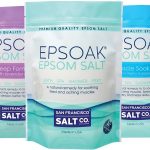
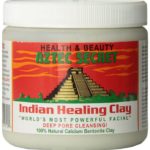
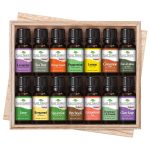


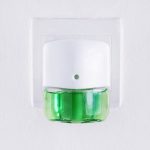

How often do you recommend doing an Epsom salt bath?
Hi Nancy. There’s no hard and fast rule. Experiment to see what works best for you. Some people do it once a week, while others do it nightly.
I love Epsom salt baths as well as floating in a deprivation tank whenever possible. I sometimes add dead sea salts to my Epsom salt baths. Supposed to be good for the skin.
I experienced a float tank for the first time last year. It was such a fascinating experience.